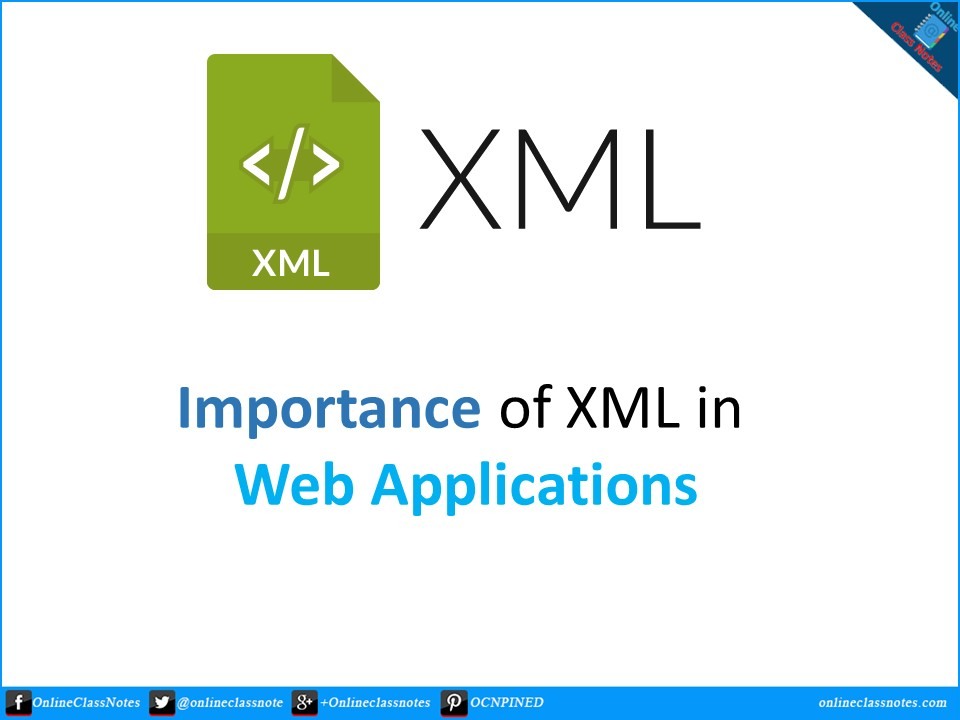XML (Extensible Markup Language):
Extensible Markup Language or XML is a structure, tag-based language. Primary use of XML is in transferring data. Information in XML are both human and machine readable. Like HTML, tags and attributes, also present in XML but in a slightly stricter way than HTML. Unlike HTML, user or developer can create his/her own tags in XML. That is why it is called EXTENSIBLE.
Extensible Markup Language is quite similar to what HTML (Hypertext Markup Language) is. We use Both of these in web technology. Unlike HTML, which is primarily used for displaying data or information, XML is used for carrying data or information from machine to machine, machine to human and human to human. Along with that, XML can also be used for displaying data.
Importance of XML in Web Applications:
There are several importance of XML in web applications; such as
- Web Publishing
- Searching
- Independent Data Interchange
- Granular Updates
- Metadata Applications
- Assists in Data Assessments and Aggregation
- Custom Tags
Lets learn a little more about these importance.
Web Publishing:
XML allows user to create interactive pages that can display information. This representation appears in an structural way. The representation can have styles using XSL or XSLT. The reader or viewer can alter or customer those pages as per their need.
Searching:
XML contains data in definite tags which facilitate searching. For example, consider XML pages containing information of different books such as author name, publishing year etc. Now if we search the pages with author name, then this search directly search into author tags only and retrieve directly related data.
Independent Data Interchange
Almost all programmable language can parse XML. Thus when an application or human generates an XML then that XML is useful to other application, even in different language. XML is highly adopted and used for interchanging data between web application using APIs. However, an API may return data in different formats such as JSON, but XML is widely used and popular
Granular Updates:
Document updates are slow as the entire document needs to be refreshed from the server. In uploading an XML document, only the part of the document is uploaded.
Metadata Applications:
XML makes it easier to express metadata in a portable, reusable format.
Assists in Data Assessment and Aggregation:
XML document structure is designed in such a way that the documents can be efficiently assessed and aggregated part by part. Another prolific advantage XML is its ability to feature any possible type of data. The data might range from active components such as ACTIVEX and Java applets or multimedia data such as video, image and sound.
Custom Tags:
XML lets developer to use custom tags as per their need. This helps in storing data in meaningful tags that helps in understanding the context of the data.
References:
